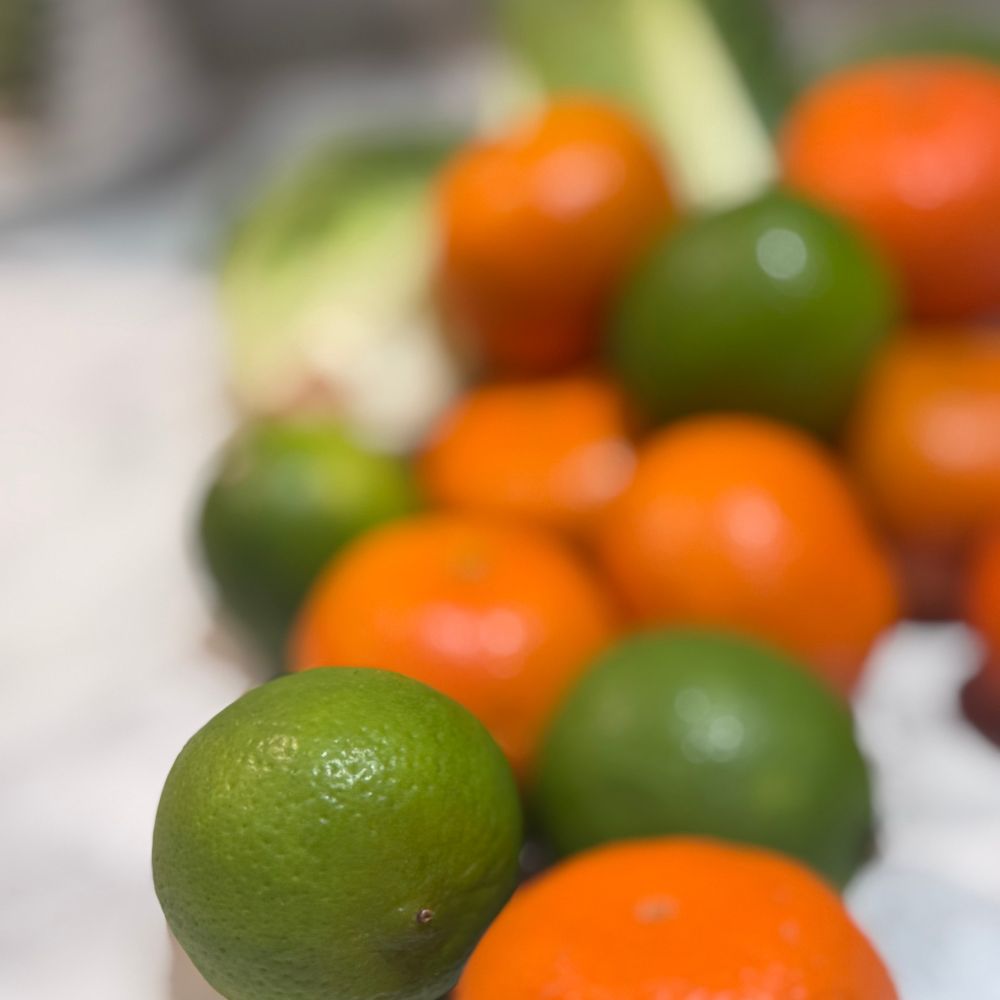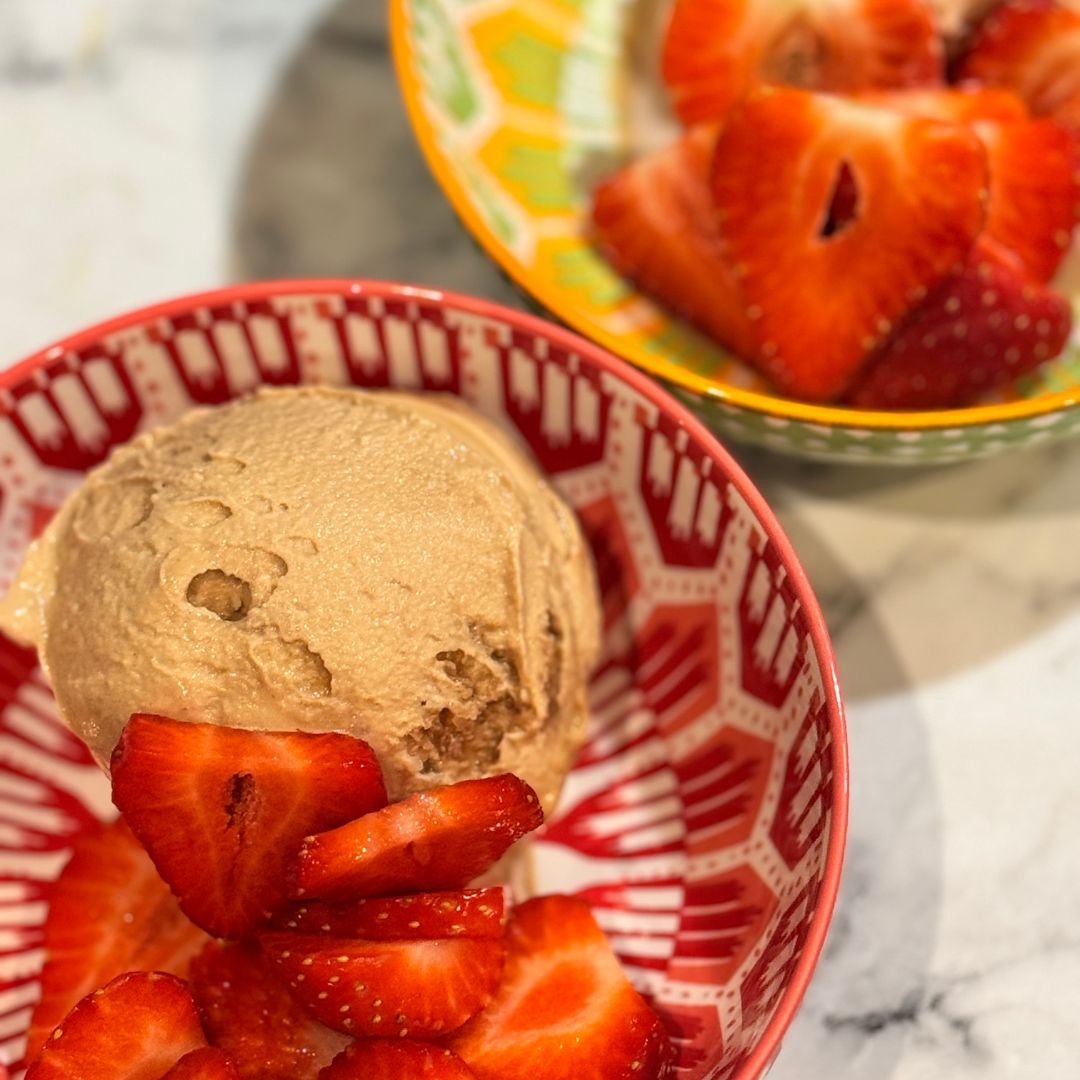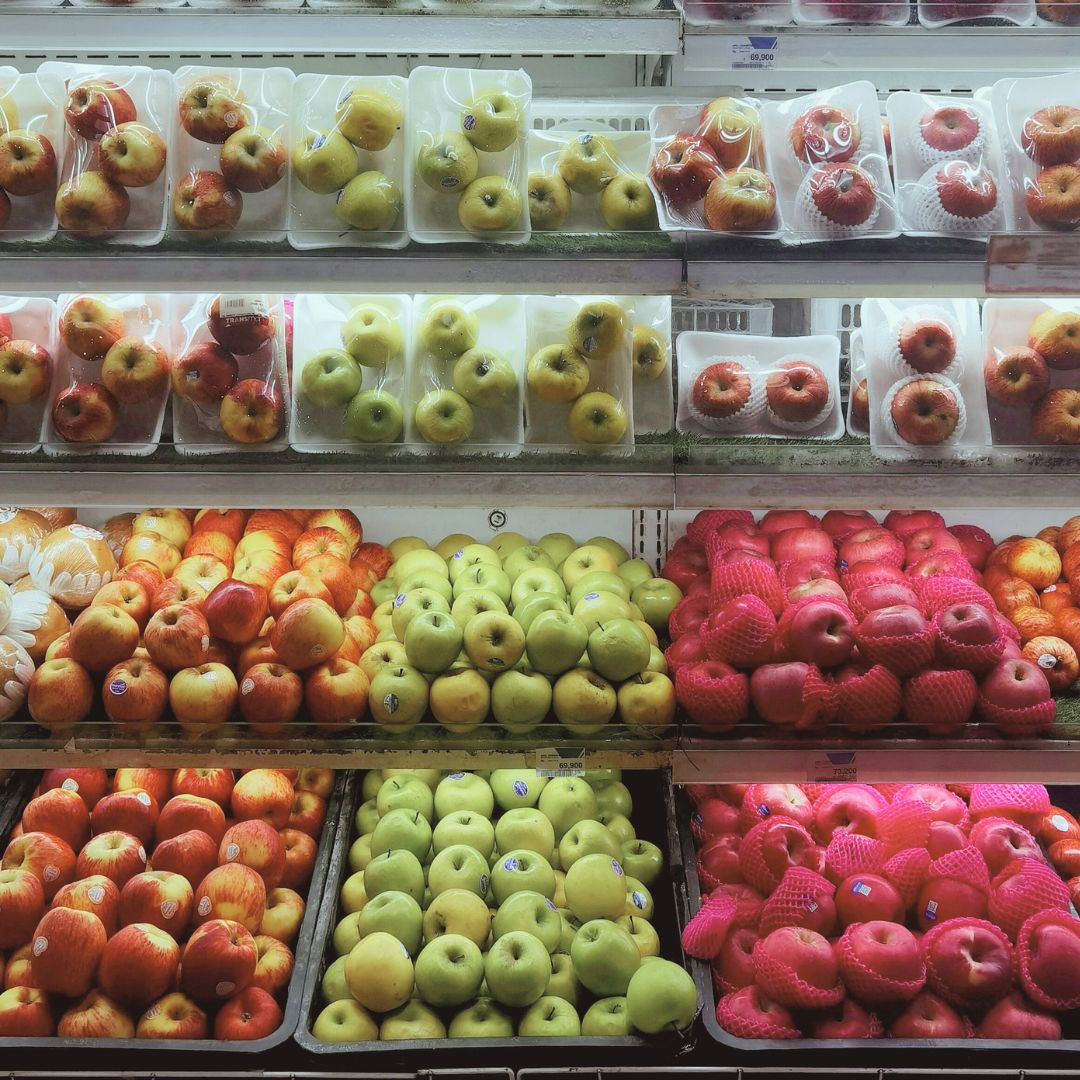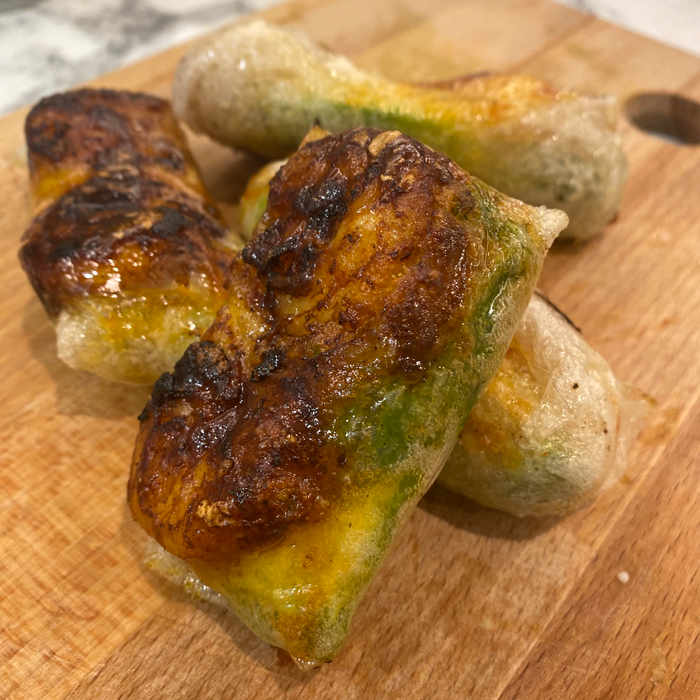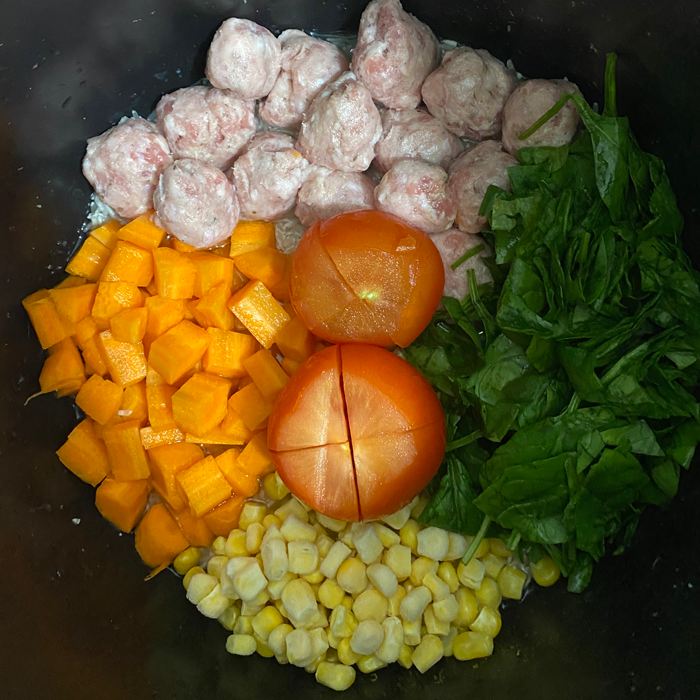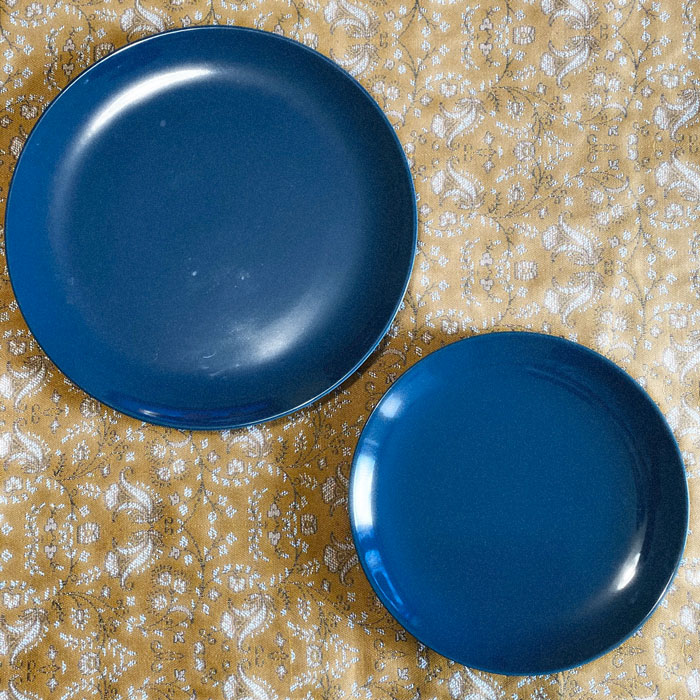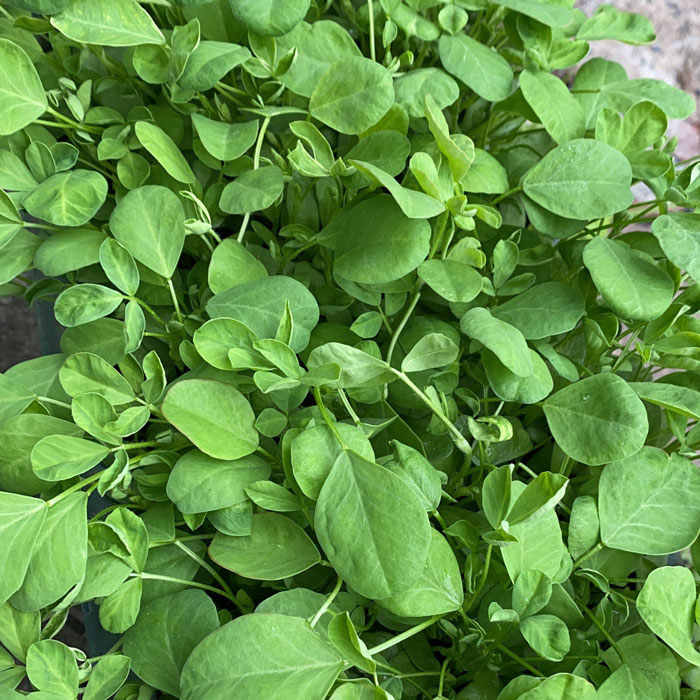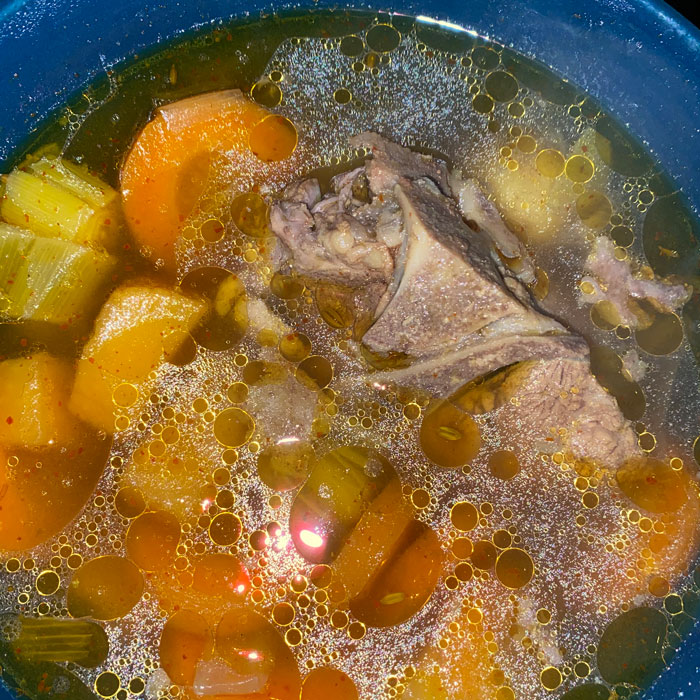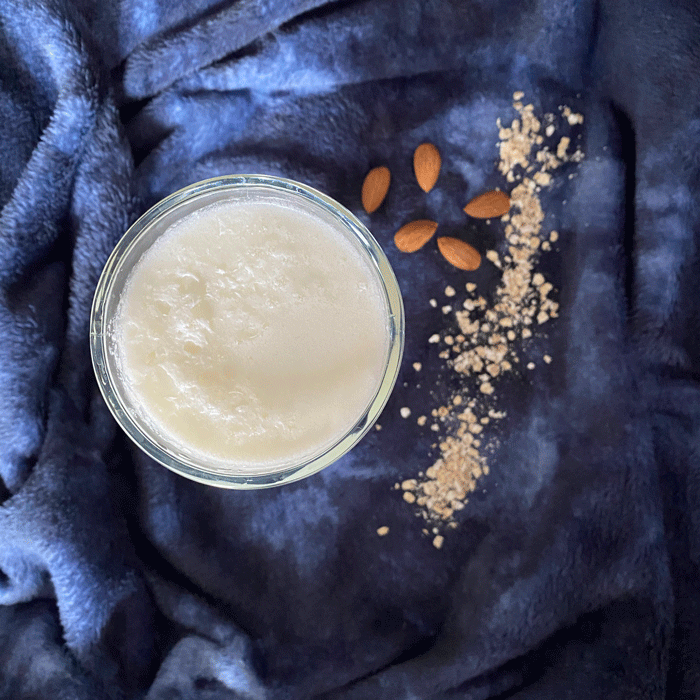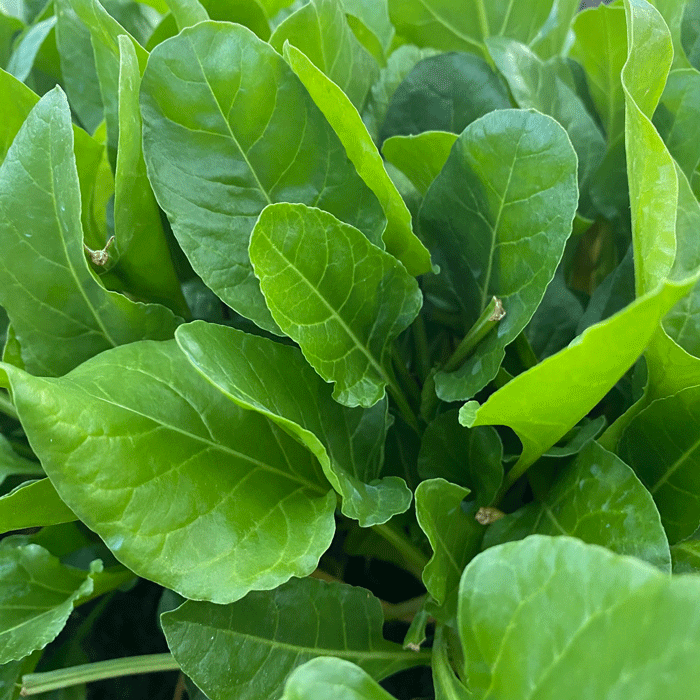World Breastfeeding Awareness Week
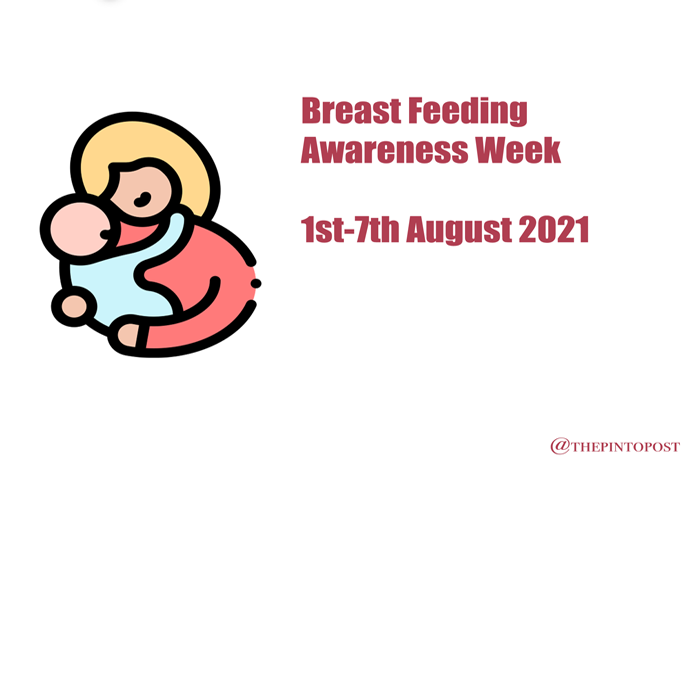
This week is celebrated as breastfeeding awareness week. Let's not forget about nutrition that babies require for development, no amount of formulas will ever replace breast milk. And that is why for the first six months of life, the baby should only be breastfed. A lot of companies try to mimic breast milk components for formulas, However, the addition of these ingredients is not without risks as a result of a range of complex issues, such as bioavailability of nutrients, and the potential for toxicity. Let me mention a few benefits of breastfeeding-
- Superior nutritional composition with high bioavailability of nutrients
- Provision of antimicrobial, anti-inflammatory, and immunological agents
- Breast milk contains enzymatic components which improve digestion
- Breast milk also reduces the risk of infection including bacterial meningitis, bacteremia(bacteria in blood streams), gastroenteritis, respiratory tract infection, necrotizing, enterocolitis, otitis media(ear infection), and UTI
- Reduced risk of developing some chronic diseases. Studies suggest that breastfeeding vs Human Milk Substitute may reduce the incidence of diabetes, obesity, hypercholesterolemia, and asthma
- Exclusive breastfeeding offers some protection against the development of atopic disorders and other allergies
- Improved neurological and cognitive development
- More rapid return to pre-pregnancy weight
- Possible decreased risk of osteoporosis in the post-menopausal period
- Promotion of bonding with infant and higher self-esteem.
Here is a flowchart explaining how breast milk is produced-

Prolactin stimulates the production of breast milk, it is secreted during and after a feed to produce the next feed. Whereas, Oxytocin is responsible for milk ejection, aka letdown.
When does the milk 'come in'?
- Mature milk consists of foremilk (high volume, low fat) and hindmilk (low volume, high fat)
- Typically “comes in” at 24-102 hours postpartum
- Requires effective and frequent milk removal in the first week of life.
How does the Mother know when milk 'comes in'?
- 6+ wet diapers/day
- Yellow stools by day 4–5
- Breasts are noticeably larger and feel firmer and heavier
- The mother may begin to feel a “let-down” reflex
- Breasts may leak between or during feeding.
Many mothers have a common perception of Insufficient milk supply which may be a common cause for weaning. It may be due to stress/medications but reassurance helps.
Let's use this knowledge to encourage new mothers to breastfeed their baby because it's a shared responsibility.
I hope this summary helps! Follow me on Instagram & TikTok @thepintopost. Have a great day!
